|
Getting your Trinity Audio player ready...
|
OWN VOICE. ~ InPerspective by Gregg Dieguez —
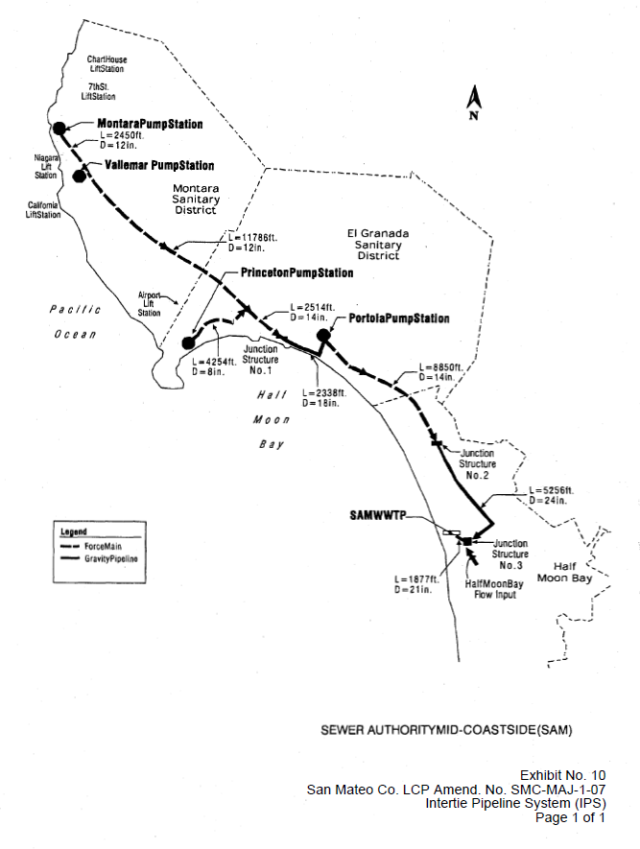
I’ve watched enough movies and cable news to know that Truth and Justice are not always the American Way. So it is with some concern that I ponder the outcome of the lawsuit between Half Moon Bay, and we its neighbors upstream in Montara (Montara Water and Sanitary District (MWSD) and El Granada (Granada Community Services District (GSCD)) in the joint powers authority Sewer Authority Mid-Coastside (SAM). Now that the total estimated cost in dispute has passed $6 million, and there are only a few thousand ratepayer connections who are at risk, that lawsuit has our attention. Do the math.
Note: This article cannot be based on interviews with any of the current Board members of any of the agencies involved because, due to confidentiality requirements, they have all been keeping their mouths shut. There are however former members of those agencies who have Old School Knowledge & recollections, and some very old source documents, upon which I base this article. One exception are some HMB directors, who have written articles in the HMB Review.
Footnotes: to use, click the bracketed number and then click your browser Back button to return to the text where you were reading.
Images: most will enlarge for improved readability in a new window when you click on them.
There are two key facts about this lawsuit many do not understand, and I’m here to help. First, the SAM system was DESIGNED to join together three separate areas, each of which previously had its own sewer treatment plant and collection systems. Second, Montara wanted no part of it, an opinion perhaps best explained by a Mr. Robert Magnasco in a May 17, 1976 meeting of the Montara Sanitary District [1], to wit:
“Mr. Robert Magnasco was appalled that a sewer plant functioning at 50% capacity would be abandoned and the raw sewage would be pumped nine miles for treatment.”

Mr. Magnasco knew something, even before the lawsuit, and the creation of an Intertie Pipeline System (IPS) which would suffer over 100 sewer spills in recent history.[2] It would be expensive to move that sewage, and risky. And he was correct. And that IPS is what HMB doesn’t want to share in funding.
But here we are, with an IPS that costs money to replenish as the assets inevitably age, and which was part of a Devil’s Bargain the County forced on Montara, and now HMB doesn’t want to pay its share. In fact, HMB hasn’t wanted to pay its share since the early 2000’s. Reports are HMB delayed maintenance on the IPS beginning then, back when the Beachwood lawsuit against HMB was threatening to be a $40 million hit.[3] It appears HMB was strongly motivated to cut costs, and not paying for SAM’s IPS maintenance was a convenient target, compared say, to a new library. After several years of attorneys and failed mitigation, I wonder if it’s a coincidence that just as the financial stress from COVID-19 hit, the SAM lawsuit is finally headed to trial?
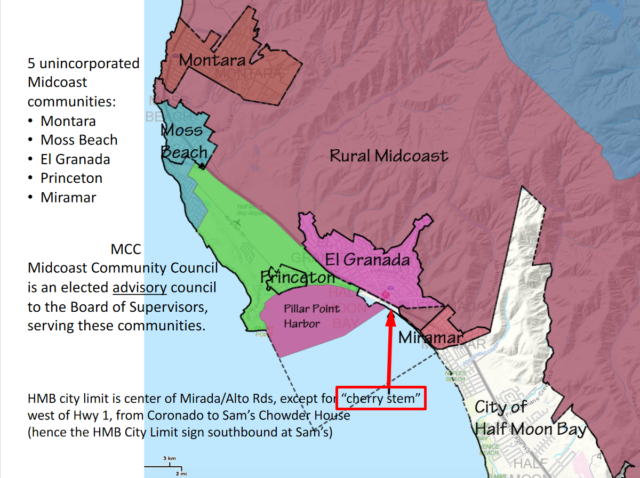
The IPS was always part of the integrated sewer system designed back in the 70’s, and forced on Montara, and the IPS benefits HMB in four (4) ways:
1. It allowed them to afford upgrading a failing sewer plant at less cost than doing it themselves, and split the costs of property, construction, and operation with its neighbors.
2. It gives HMB protection against severe wet weather events, when SAM plant operators can turn off the flow from the north and hold the sewage in wet weather storage at the Portola and/or Walker tanks in Montara, so that HMB can consume 100% of the plant’s capacity. Which has happened at least twice in recent memory[4]
3. The IPS also serves all parts of HMB proper north of the SAM plant, including the “Cherry Stem” up to the Pillar Pt. Harbor – thus parts of HMB are served by GCSD sewers and HMB is suing its own residents there.
4. The IPS allows SAM staff to perform maintenance on the plant by shutting it down. As HMB has no sewer storage of its own, tanks in the IPS can be used to hold sewage back at the Pump stations until work is done. This has occurred more than once when the Force Main had breaks and had to be fixed. Also, while laying new force main or while doing major plant repairs, sewage can be held upstream.
So how did we get here, and what are we going to do about it?
In the 1950’s Montara and El Granada had communal septic systems. During storm flows, they leaked and the beaches smelled in the spring. Thus in 1958, the Montara Sanitary District was formed. By 1964 Montara sewage treatment was installed as the Montara Sanitary District (MSD). At the same time, HMB had a 1m gal primary only treatment plant on what is now the SAM plant site; it was cited for pollution and ordered to be fixed. El Granada had 500k gal primary (only) treatment plant, also cited for pollution. MSD had a modern two-stage plant meeting meeting state and federal water quality standards with a safe ocean discharge near the MWSD office. In 1969 the State created the Fitzgerald Marine Reserve. In 1972 the Clean Water Act arose and the State wanted to consolidate sewer systems so it offered some money for a new, joint sewer system.
Then in 1974 the Fitzgerald Marine Reserve ocean boundary was extended and encompassed MWSD’s ocean outfall. This action put MWSD’s discharge location in violation of CA state law. When MSD planned to move the outfall, the County extended the boundary of the Marine Reserve further. Meanwhile the State of CA issued a series of violations to Half Moon Bay and Granada, which both had public health hazards in failing single-stage treatment plants, and ordered that each comply with evolving state standards. In a 1976 meeting in Montara, it was stated that failure to move the Montara outfall by a deadline was subject to penalties of $6,000/day.[11]
In 1979 the State Attorney General action forced MWSD to abandon their treatment plant and triggered formation of the Sewer Authority Mid-Coastside (SAM), a Joint Powers Authority created under contract between MSD, GSD, and HMB.
In order to make this work, the Intertie Pipeline System (IPS) was created to pump sewage from Montara and El Granada down to the new SAM plant. As noted in the formation documents, construction of the IPS was from South to North because the Granada Sanitation District was discharging primary effluent into the Fitzgerald Marine Reserve, whereas Montara’s was being treated. Over the years, these aging IPS pipes required maintenance, some of which HMB stalled, and additional wet weather storage[12], and which caused many spills[5] and the combination of under-maintained pipes and severe wet weather eventually caused a major spill in March, 2017, resulting in fines to the agency.
To address overflow problems, an original wet weather storage (WWS) project was planned to attain safety from spills during extreme wet weather events. The concept is to use holding tanks upstream on the IPS to allow SAM operators to turn off the flow from the north, back up the sewage in the pipes and tanks, and allow HMB to consume full plant capacity until a storm abates. Decades ago, all three SAM member agencies paid for the conversion of the Walker tank in Montara to this purpose. Only MWSD and GCSD paid for an additional 200,000 gallons of WWS, finished in 2012. Had MWSD and GCSD not put in this extra storage at their cost, there would have been even more spills, and the 2017 spill and fine would have been higher. In an agreement with Water Quality Regulators, SAM was recently allowed to expand the WWS project instead of paying fines for the 2017 spill. After years of delay, SAM is just now installing HALF of the recommended additional wet weather overflow capacity in the Burnham Strip because HMB wouldn’t vote for the full 400,000 gallon additional capacity.
The Lawsuit Arises
In July, 2017 the City of Half Moon Bay filed a lawsuit against MWSD, GCSD, and SAM claiming continuing investments in the Intertie Pipeline System should not be paid by HMB. HMB now approves expenditures for certain IPS-related projects only under protest, subject to repayment pending the outcome of the lawsuit.
So what happens now?
In the short run, the costs of the dispute keep adding up. Disputed capital replenishment projects related to the IPS have now exceeded $6 million with the addition of the most recent Wet Weather Storage project in the Burnham Strip – designed to protect the plant from overflows. SO, if HMB wins this unjustified lawsuit, it will pay NONE of those $6m costs. Which means that MWSD and GCSD will pay an extra $3 million above their combined 50% share of SAM ownership.
One strange aspect of this lawsuit is that SAM does not appear to be involved in defending itself, or providing its expertise in the adjudication of the lawsuit – even though it was a named party in the suit. One can understand that HMB does not want to be paying half of SAM’s attorney’s fees on a lawsuit they created. But this seems a strange wrinkle worthy of additional research.
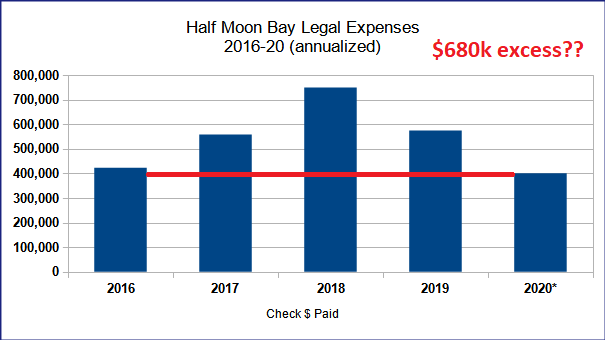
In the meantime, legal costs will continue to grow, exceeding $1 million for HMB and probably a similar total for the other two agencies (if not DOUBLE the HMB costs). My estimate is that about $1.5 million has already been spent on lawsuit costs between the three agencies. Note the surge in legal expenses in HMB between the pre-lawsuit years and early 2020 (when things had calmed down for a while). Over 3 years the extra legal expenses total about $680,000[6]. I’m unclear if any legal fees can be recovered by the victorious party in the lawsuit, but that could be added to the price tag, for someone. Apparently, HMB has refused to proceed with the mediation process, instead opting for the pressure of a lawsuit. So the HMB share could reach $1 million through the course of a trial. It’s unclear what the other two agencies are paying, but a reasonable estimate range would be that: a) they’re each paying about half of what HMB is, or b) they’re each paying the same as HMB. So, that could total $2 to 3 million in legal fees and expert engineering testimony.
It also means that Montara and El Granada will want even LESS to do with HMB in the future. Currently, HMB is using 60% of the plant’s capacity, but only paying for half. The SAM plant is being held together by the skill of its staff, but it will need to move for sea level rise[13] and be replaced for both aging and the probability of new, stringent sewage treatment requirements including upcoming State efforts to end putting treated water into the ocean. There’s not much incentive for the other agencies to have HMB as a partner, between the lawsuit and the expense distribution.
Collateral damage from this lawsuit is the issue of recycled water – which is something HMB could really use with the Bay Delta Plan threatening a 56 to 68% cutback in SFPUC water during drought years.[7] That partially designed project was put on hold by the lawsuit, in spite of being discussed as far back as a February 27, 2009 Coastal Commission staff report. An additional benefit would be that each community could use its own recycled treated water as a resource for protecting its watersheds.[8] SAM is now undertaking a project to re-envision itself, and that may include new technologies like Package Plants,[9] which might finally mean independence for MWSD and GCSD from HMB. It could also mean the end of pumping raw sewage for miles, and the start of HMB paying for the full cost of its own waste.
As I said at the start, I’m aware that truth and justice do not always prevail, so I’m not making bets on the outcome of this lawsuit. It appears that everyone is losing[10]: Montara lost a perfectly good sewer plant they hadn’t even finished paying for; hundreds of sewer spills related to the IPS have occurred, possibly contributing to making the Fitzgerald Marine Reserve the most polluted beach in the state; HMB got a more modern and compliant sewer plant, but has to pay for a share of an IPS; recycled water efforts have been sidetracked; all residents are paying legal fees in the $ millions over this lawsuit; and there’s a $6 million (and growing) sword hanging over all our heads. All because the County insisted on this jury-rigged sewer system when they could have just let Montara move its outfall and let HMB and Granada pay for their own new sewer systems. Maybe the County should be the one paying for this mess, because it seems like they caused it.
FOOTNOTES:
[1] State of California Grant Contract June 11, 1974 provided by MWSD.
[2] County of San Mateo LCP Amendment No. SMC-MAJ-1-07 Page 145 of 170.
[3] I remember that sword hanging over HMB’s head, because in 2011 it was one of the reasons I didn’t move there. The City was staring at bankruptcy. Over the years the costs of that Beachwood lawsuit fluctuated from $18m to $40m before being settled in 2019 for just about the amount the City had insured.
[4] Beverli Marshall testimony at MWSD meeting, 2018. Plus SAM data: December 11-12, 2014 – 4.12 inches rain and January 19-20, 2017 3.26 inches rain.
[5] SMC-MAJ-1-07 San Mateo County Midcoast LCP Update Page 145 of 170 – “The EPA report states that 174 overflows occurred from January 2000 through December 2004 and that SAM experienced 23 spills in 2005 alone. The EPA report reveals that the most common cause of sewage spills was mainline or pipeline blockages by roots, grease or debris (74%). The report also acknowledges that SAM and its member agencies have experienced numerous repeat spills (i.e. spills in the same location on different dates) and that these repeat spills verify that the system has capacity shortfalls in certain well-known locations.”
[6] Author’s inspection of HMB check payments. HMB did not respond to emailed request for legal expenses related to SAM lawsuit of Wed, Aug 19, 2020, 9:01 AM.
[7] Half Moon Bay: Planning To Fail?
[8] https://www.epa.gov/waterreuse/basic-information-about-water-reuse
[9] MWSD strategic sewer presentation
[10] As I learned in business: “You win or lose in the Jungle. Everyone loses in Court.”
[11] State of California Grant Contract June 11, 1974 provided by MWSD under FOIA request.
[12] SMC-MAJ-1-07 San Mateo County Midcoast LCP Update Page 30 of 170 2.23a. “a. Allow Montara
Water and Sanitary District to use the old Montara Treatment Plant for wet weather storage and a pump station.”
[13] “ASSET VULNERABILITY PROFILE | SAN MATEO COUNTY SEA LEVEL RISE VULNERABILITY ASSESSMENT”
“The Sewer Authority Mid-Coastside Wastewater Treatment Plant (SAM Plant) is highly vulnerable to the impacts of sea level rise. [18 feet elevation] The facility’s essential power distribution system is very sensitive to inundation, and would cause a loss of service at the plant if flooded. ” “…though flooding from Pilarcitos Creek (posing a threat to back up, pond, and flood the plant) is more likely. Water that gets on the site would likely reach the plant’s transformer and power distribution systems, and Mechanical Building No. 1, as they are low-lying or underground.”
More From Gregg Dieguez ~ InPerspective
Mr. Dieguez is a native San Franciscan, longtime San Mateo County resident, and semi-retired entrepreneur who causes occasional controversy on the Coastside. He is a member of the MCC, but his opinions here are his own, and not those of the Council. In 2003 he co-founded MIT’s Clean Tech Program here in NorCal, which became MIT’s largest alumni speaker program. He lives in Montara. He loves a productive dialog in search of shared understanding.




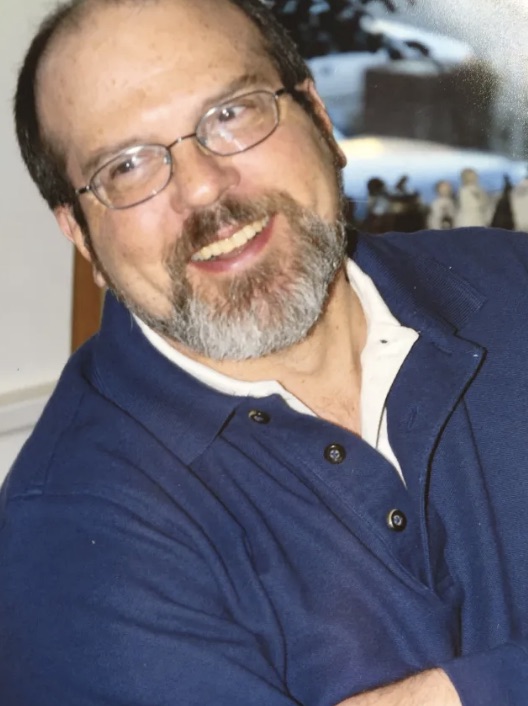
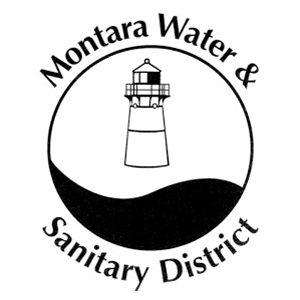

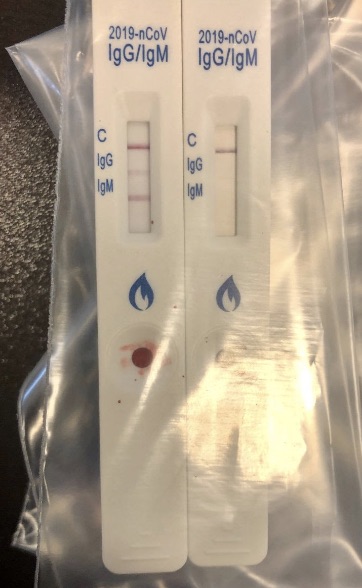
Gregg, Thank you for the thorough investigation on this subject. There are many layers and players shaping the differences between the HMB and GCSD/MWSD. Your summary tell the story well.
SAM was a beneficial and well coordinated JPA for 40 years until stuff started to fall apart in the early 2000’s. The 4 agencies worked well together with a common belief, set of actions, and goals: Protect the public health and clean waters of the beaches and developed parts of the coast. About then the equipment of SAM needed major repairs. As you noted, HMB was experiencing financial distress. Sewers not being visible seem to have deemed an optional expense. And then the trouble began.
The plaintiffs can drop the lawsuit. We can all put our money into the SAM system instead of this lawsuit. What waste of citizens money this lawsuit has been. It would have been better spent on repairing and improve in our sewer conveyance and treatment systems.